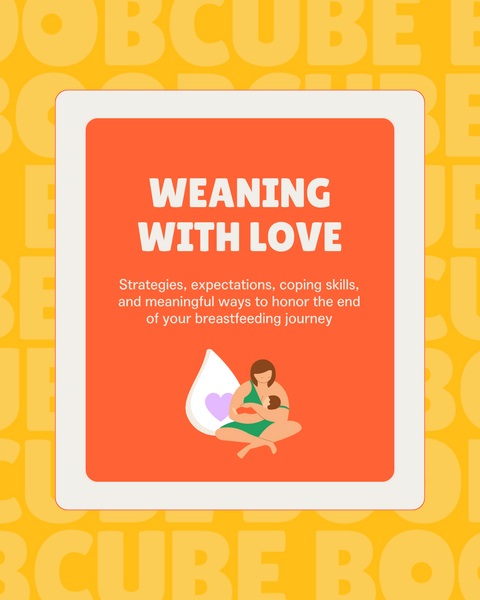
You worked so hard to get a “good latch” and now you and your baby are off to the races with breastfeeding! Then you want a little space so you try a bottle and your baby is not having it! Turning their head away, crying, closing their eyes, shutting down. Now you’re tethered like never before! This is a somewhat common scenario because once a baby integrates the sucking reflex they are born with, they decide if they want to drink from a bottle or not. What can we do to address breast preference? Let’s brainstorm!
Location - Try outside, a different chair, take a bath, try a busy/fascinating place, or a quiet space.
Who Is Feeding Bottle - Many sources say to avoid mother feeding the bottle but the mother who has been feeding the baby since birth is the most likely person to be trusted with the feeds by baby, so start there.
Bottle Type - I have a list of a few bottles that support healthy airway development and all of those bottles have a nice elongated/tapered nipple. Contact an IBCLC for recommendations.
Nipple Flow Rate - Typically we want to match the breast flow rate, but when beginning, I always suggest using the slowest flow nipple you can find.
Temperature - Extreme temperatures can result in refusal, ideally we begin with body temperature.
Physical Positioning - I recommend “paced bottle feeding” with the bottle held horizontally and the baby either upright or in a side-lying position. Arms out, hands free.
The State for Learning - The best state is rested and fed. Start with breastfeeding to take the edge off and then offer a bottle, feel free to go back and forth and reward the baby with some breastfeeding after a few sips of the bottle.
What is in the Bottle? - As you know babies under 1 need breastmilk or formula as the majority of their diet. Best case scenario we learn with freshly pumped milk. Babies may resist stored milk due to flavor or scent changes. They may refuse formula as well if used to breastmilk. Wash bottles with unscented soap to rule out any soapy flavors and scents.
The Approach - Infant feeding is about nurturing as much as nourishing so create a loving mood giving lots of positive reinforcement for progress which may be small at first. Watch baby’s cues, if there are signs of discomfort or shutting down then stop and redirect and try again later.
If you try these things and you still need support, reach out to an IBCLC and look for someone who specializes in breast preference or bottle refusal.


